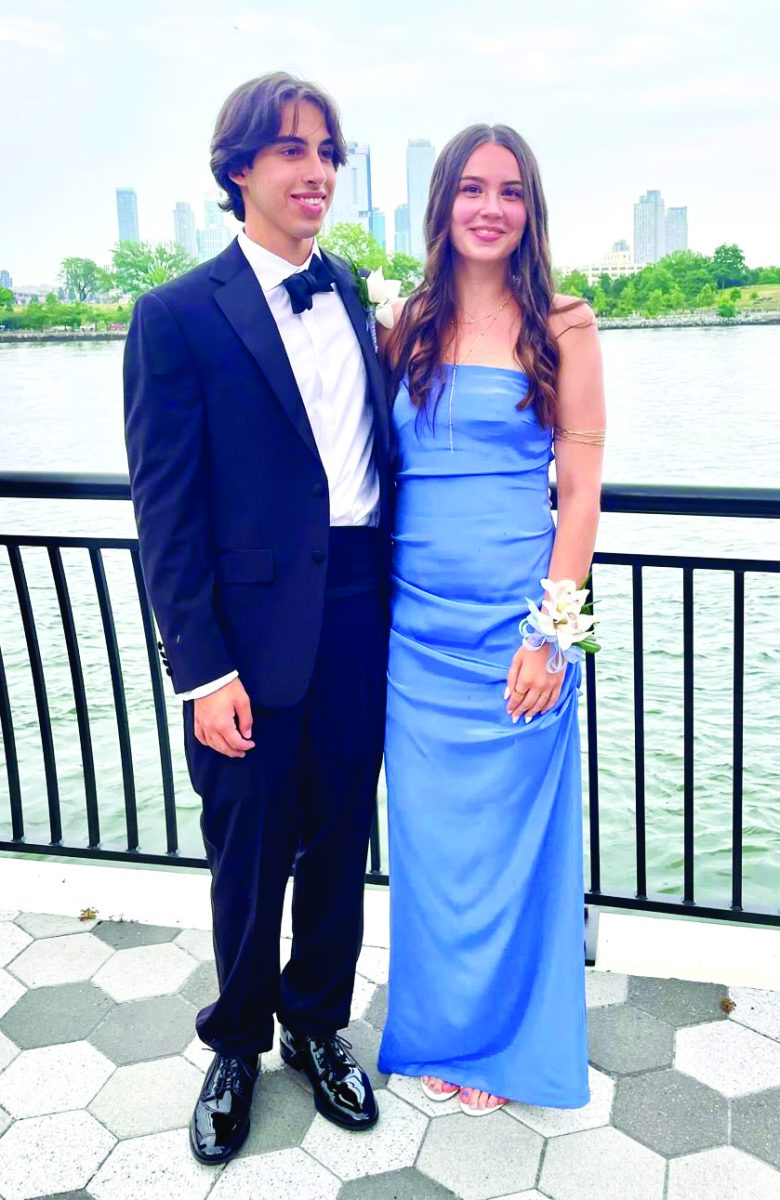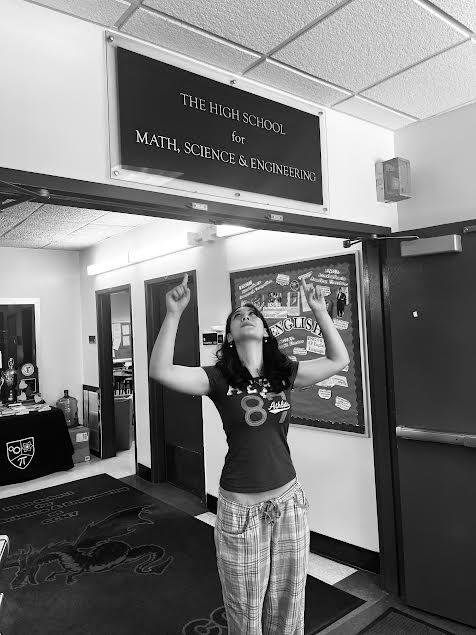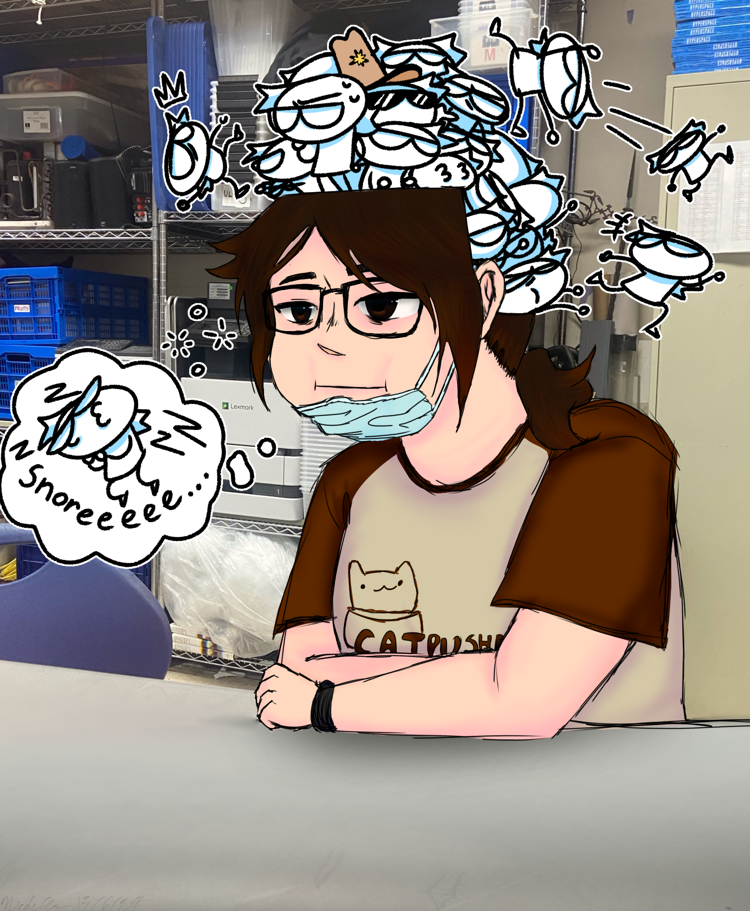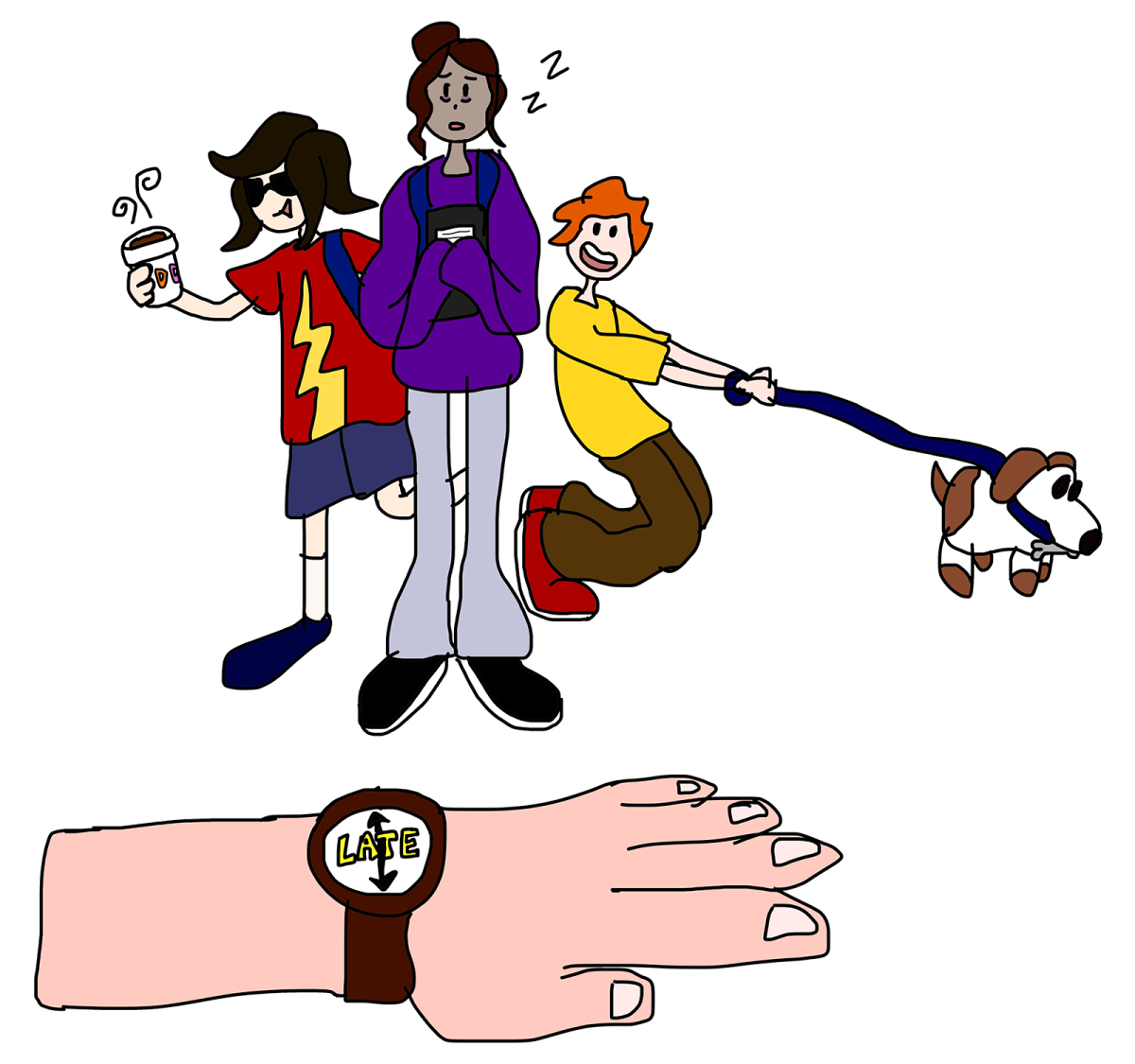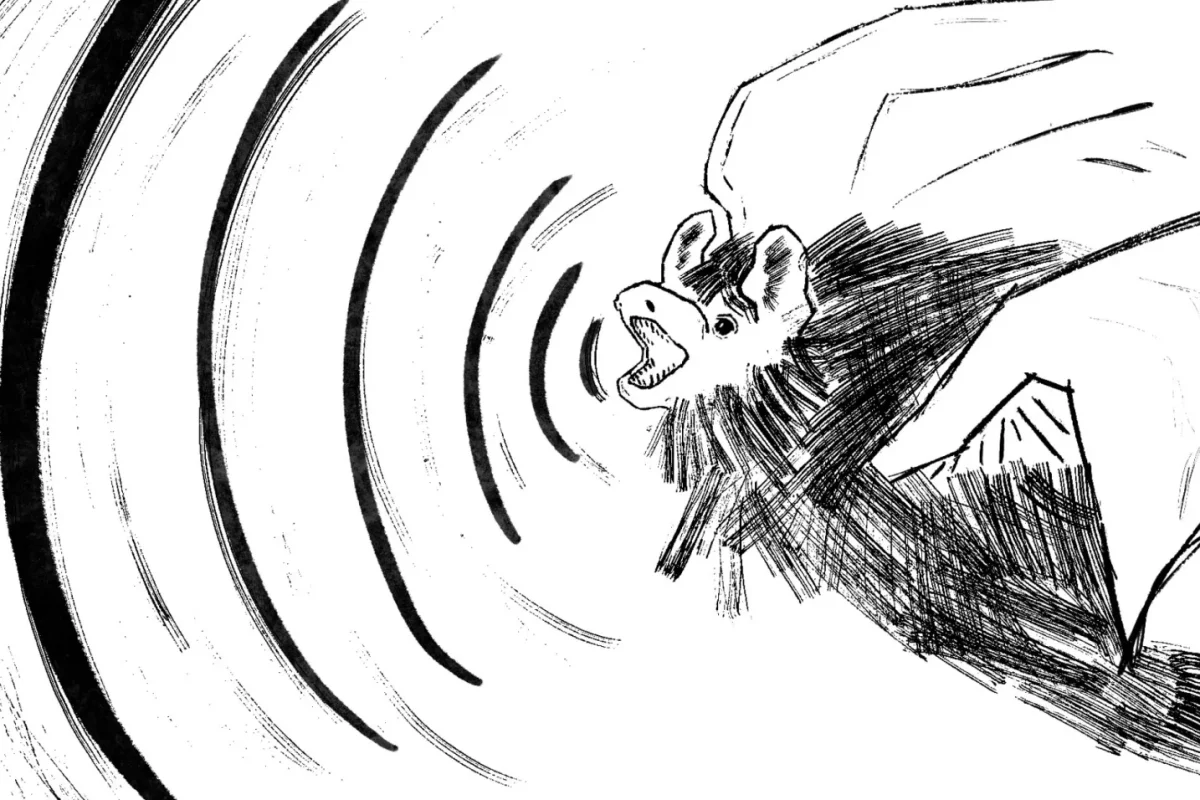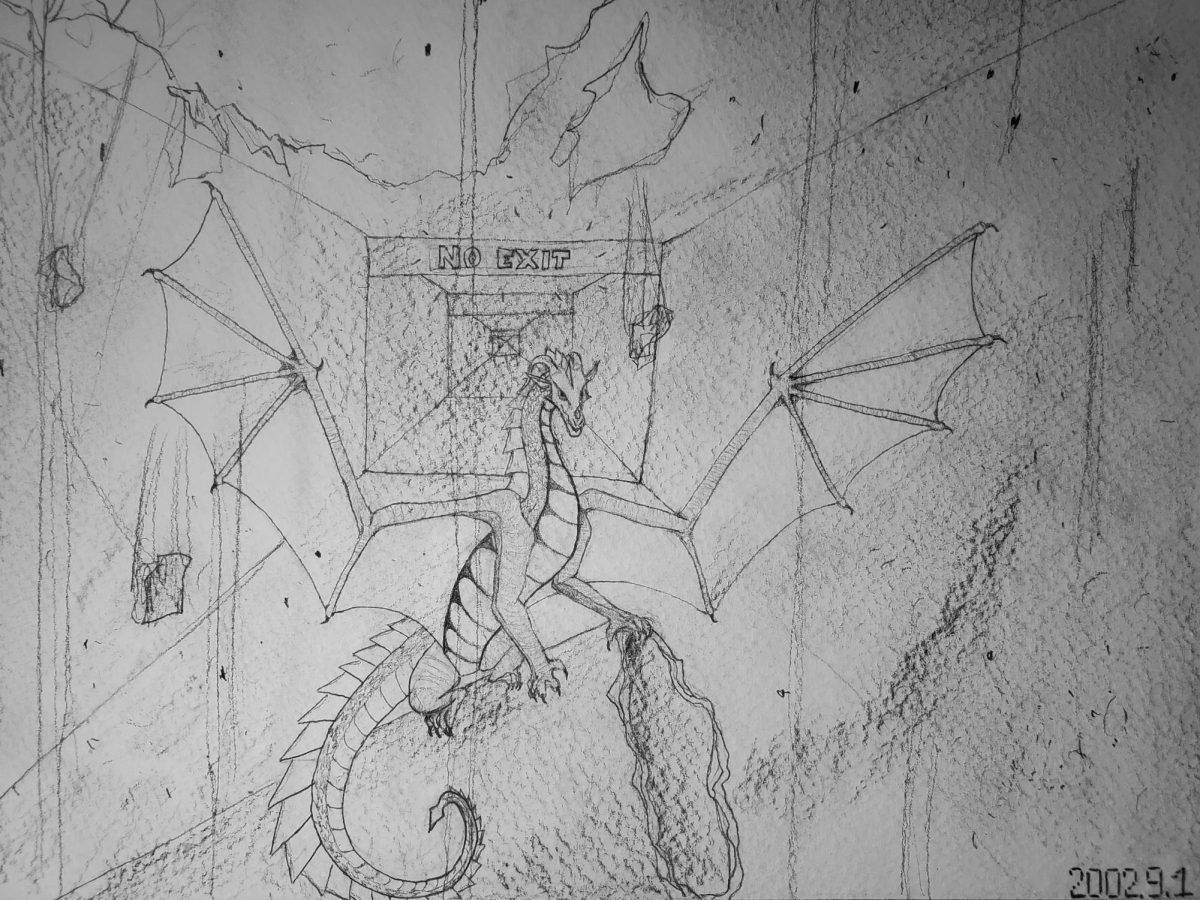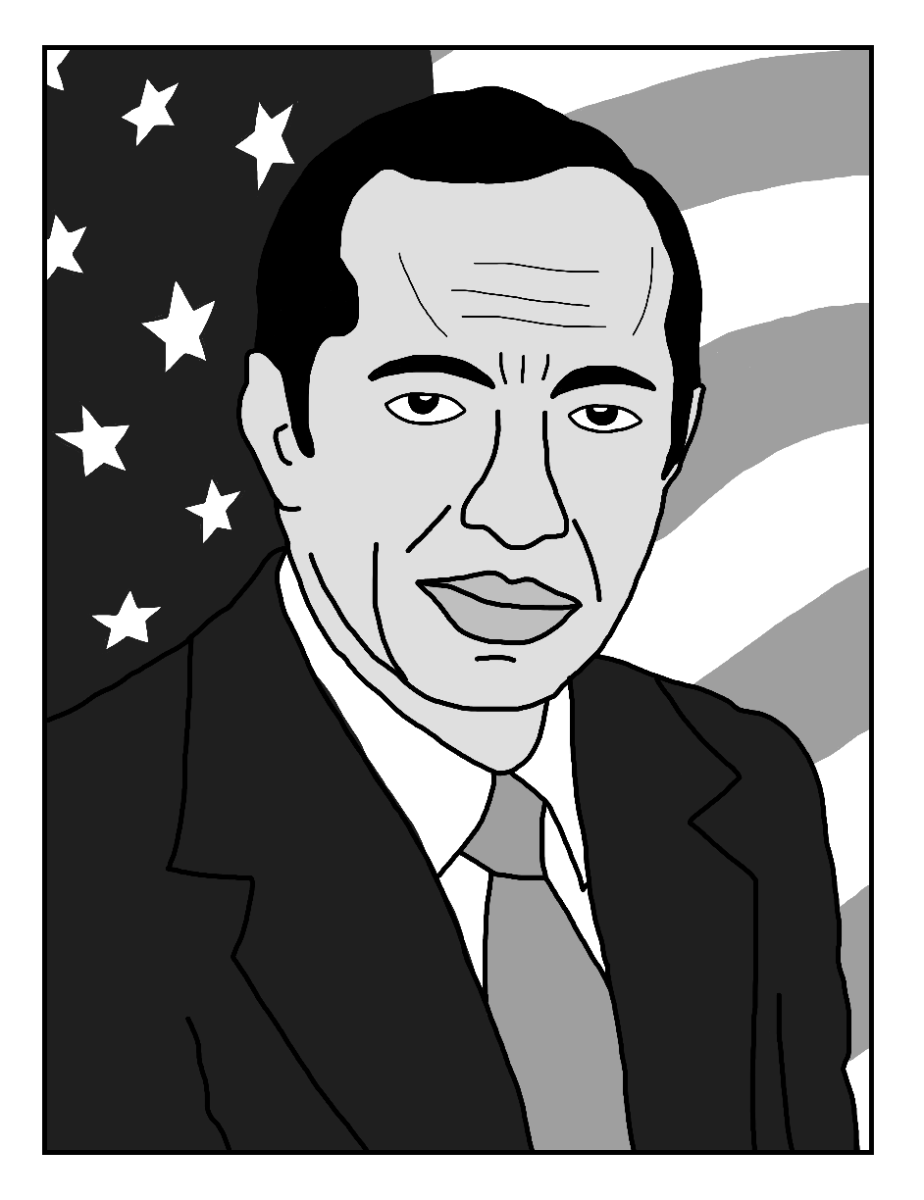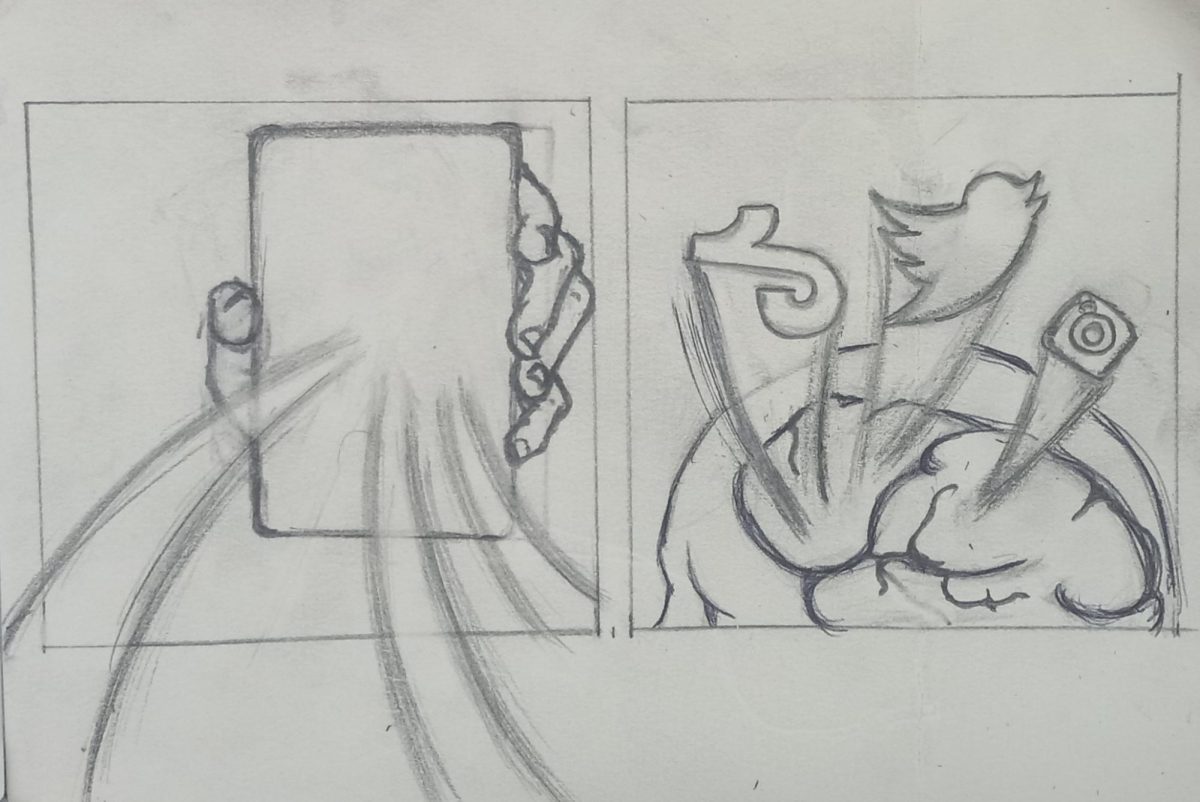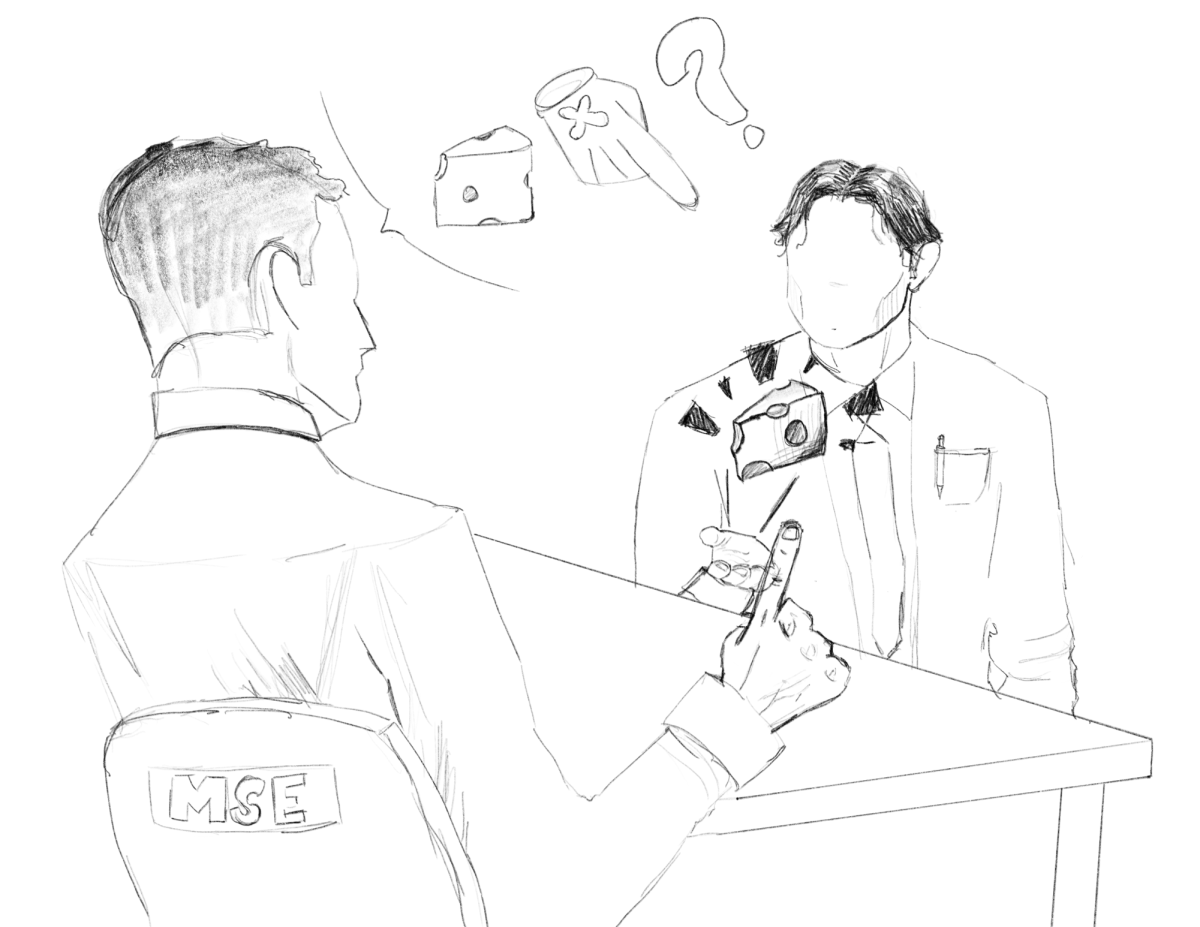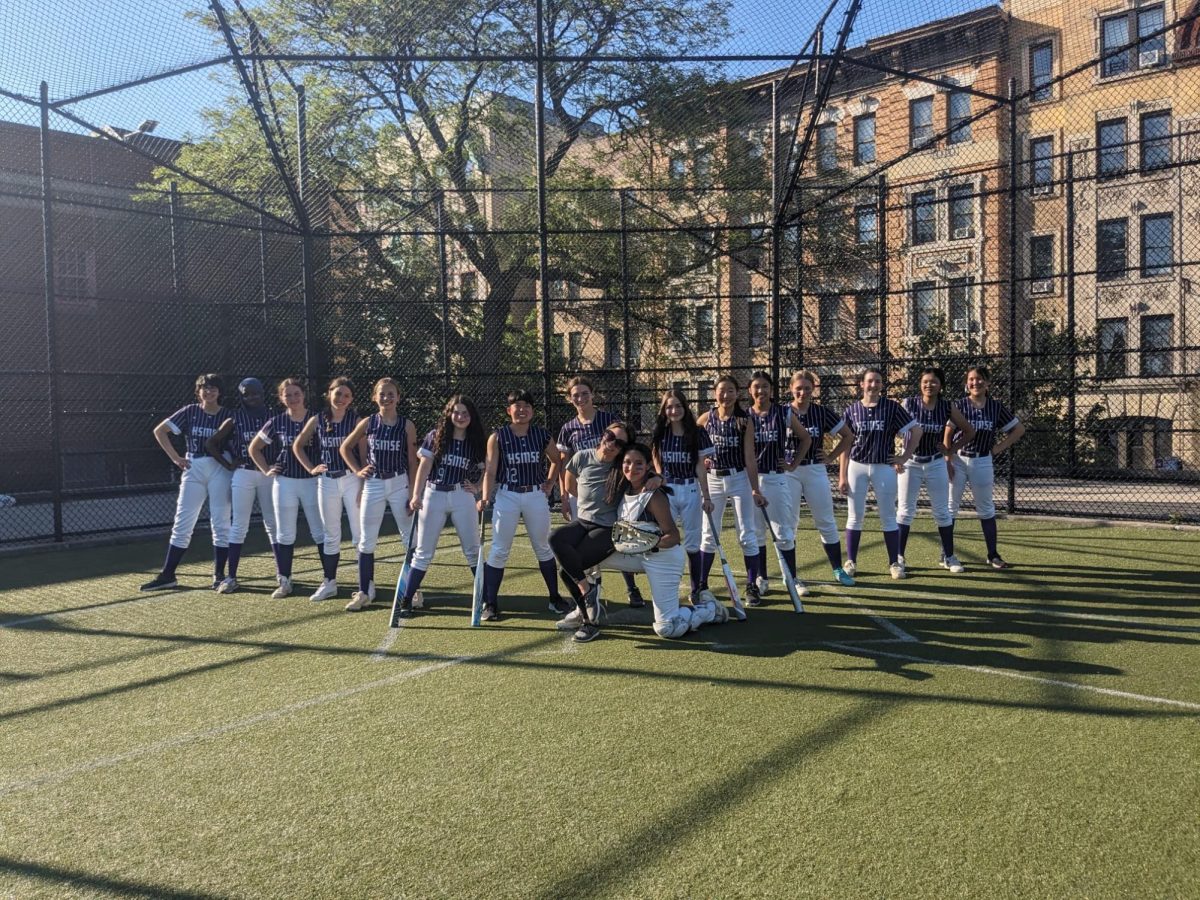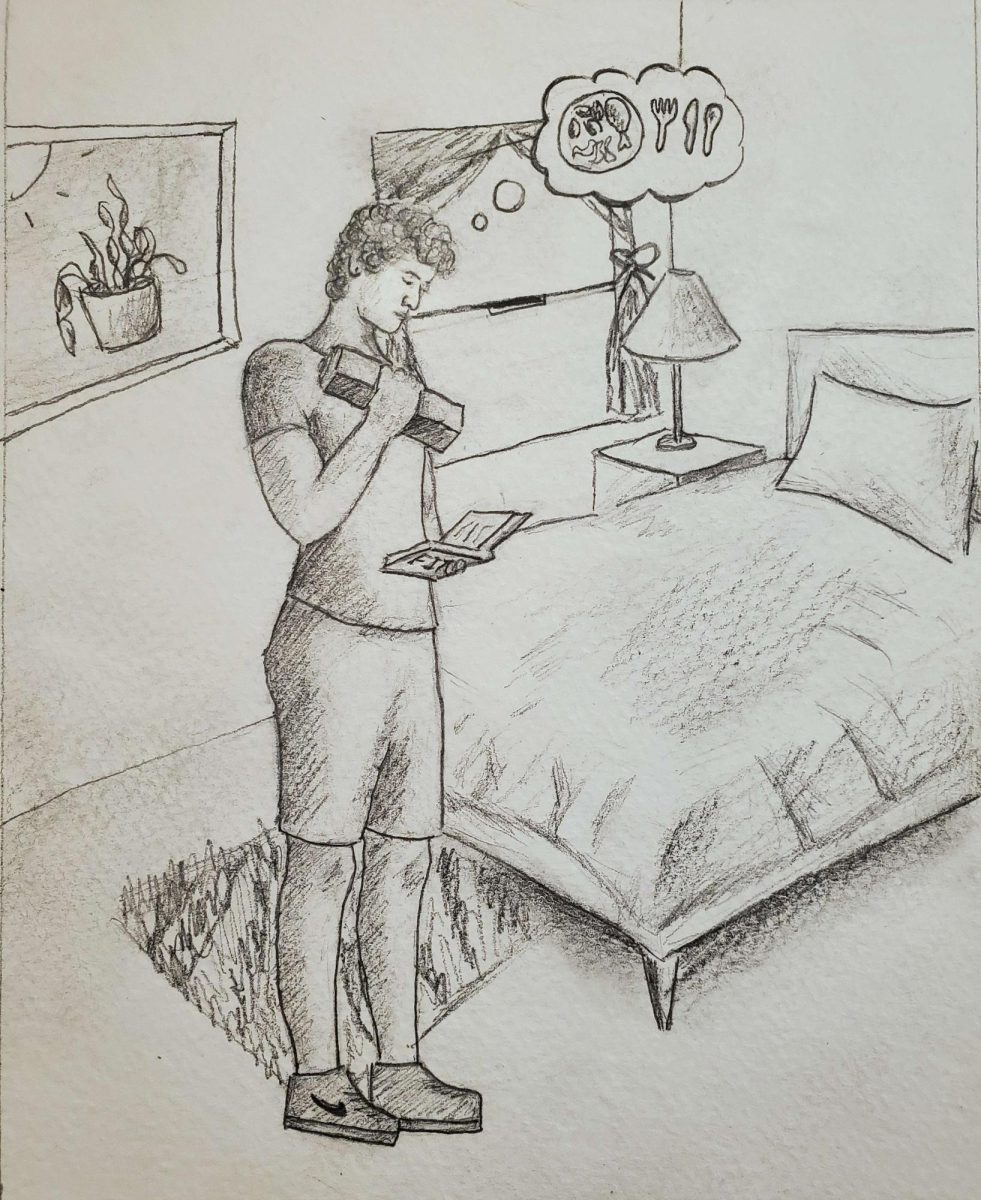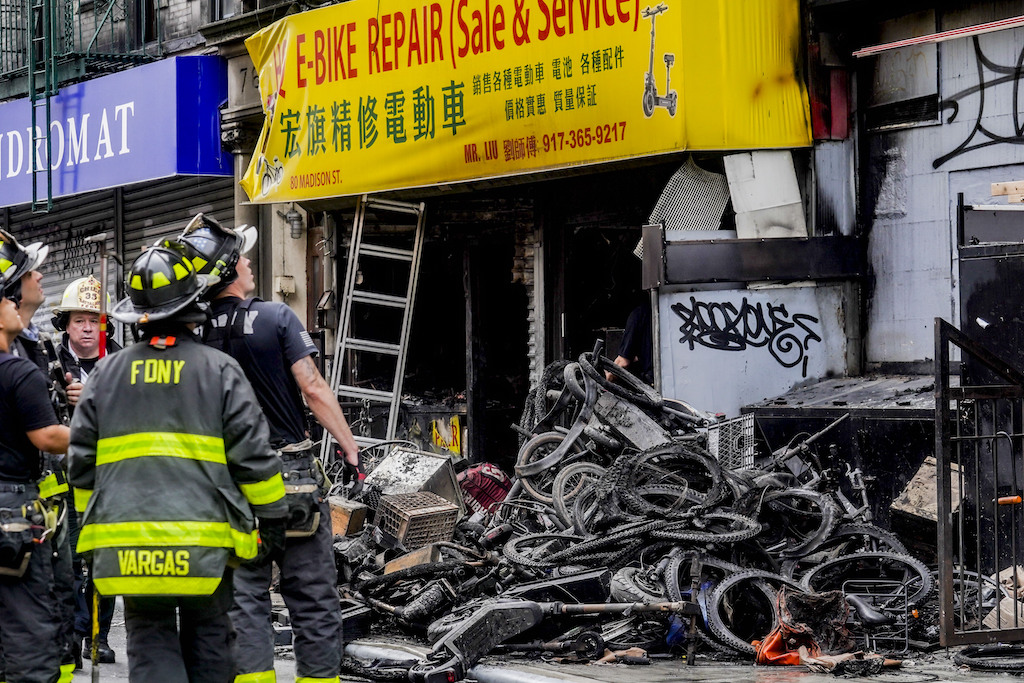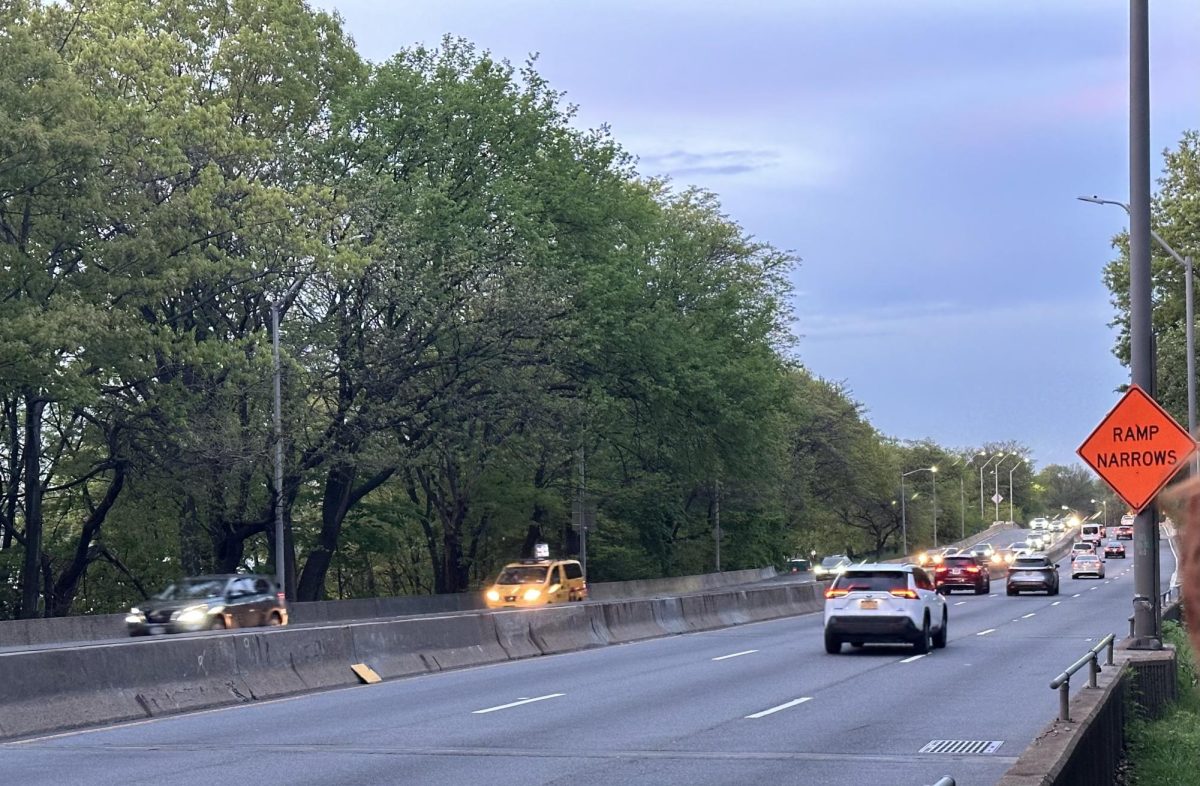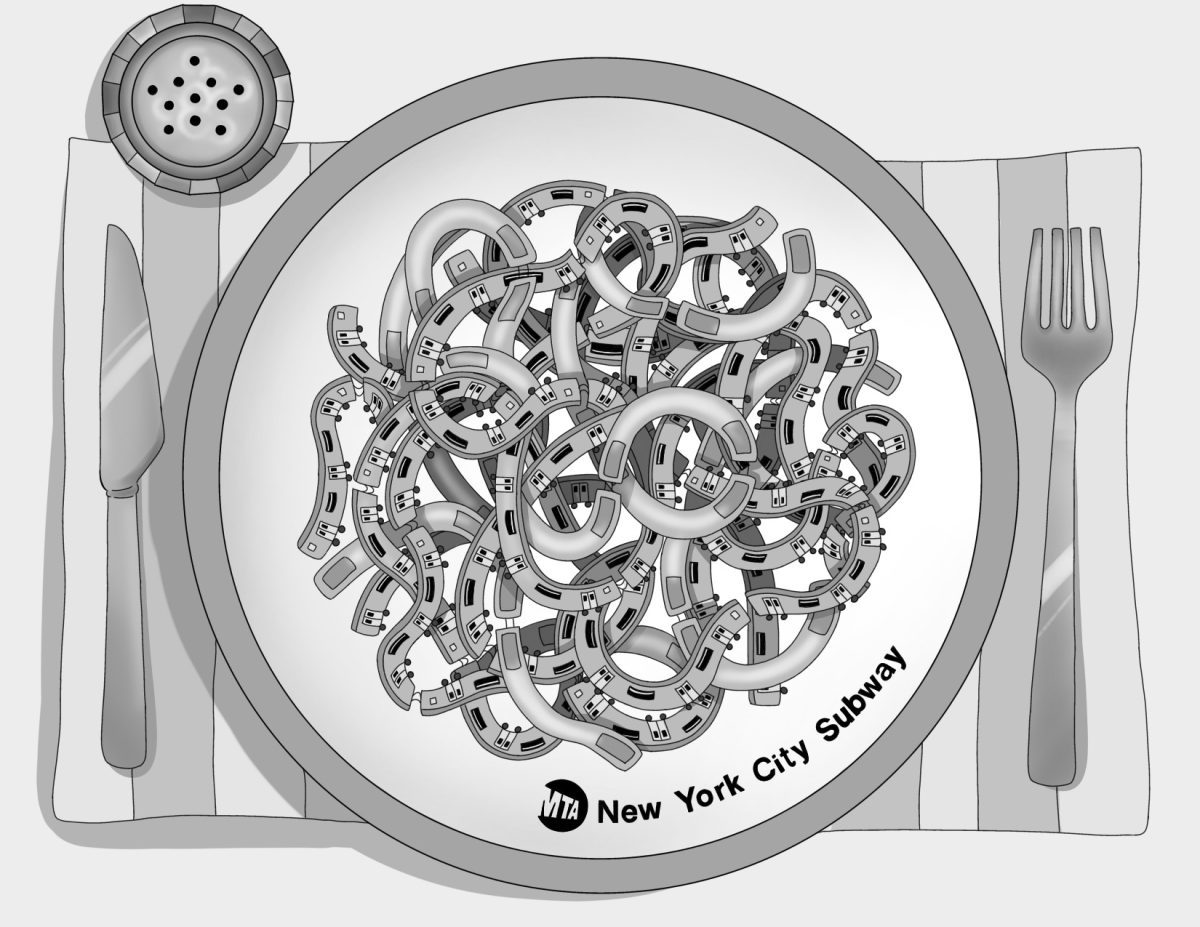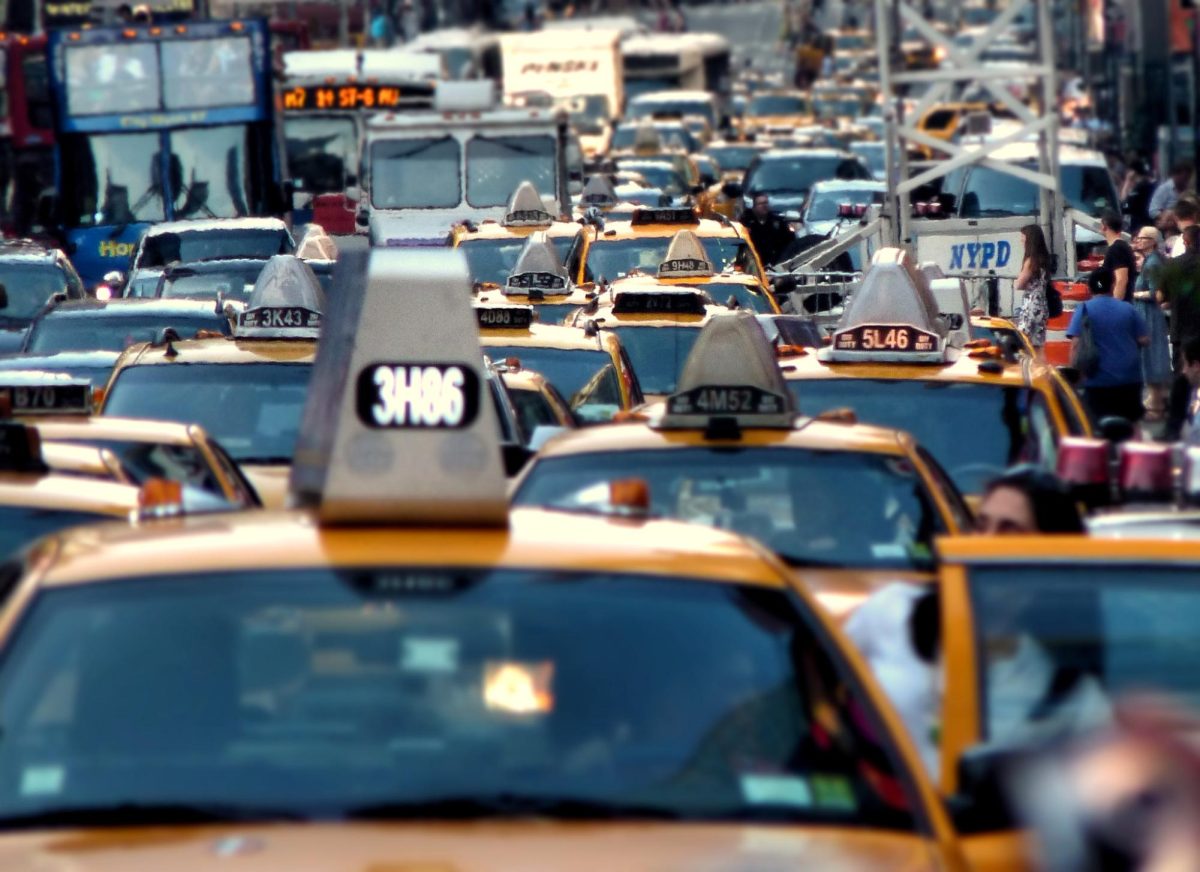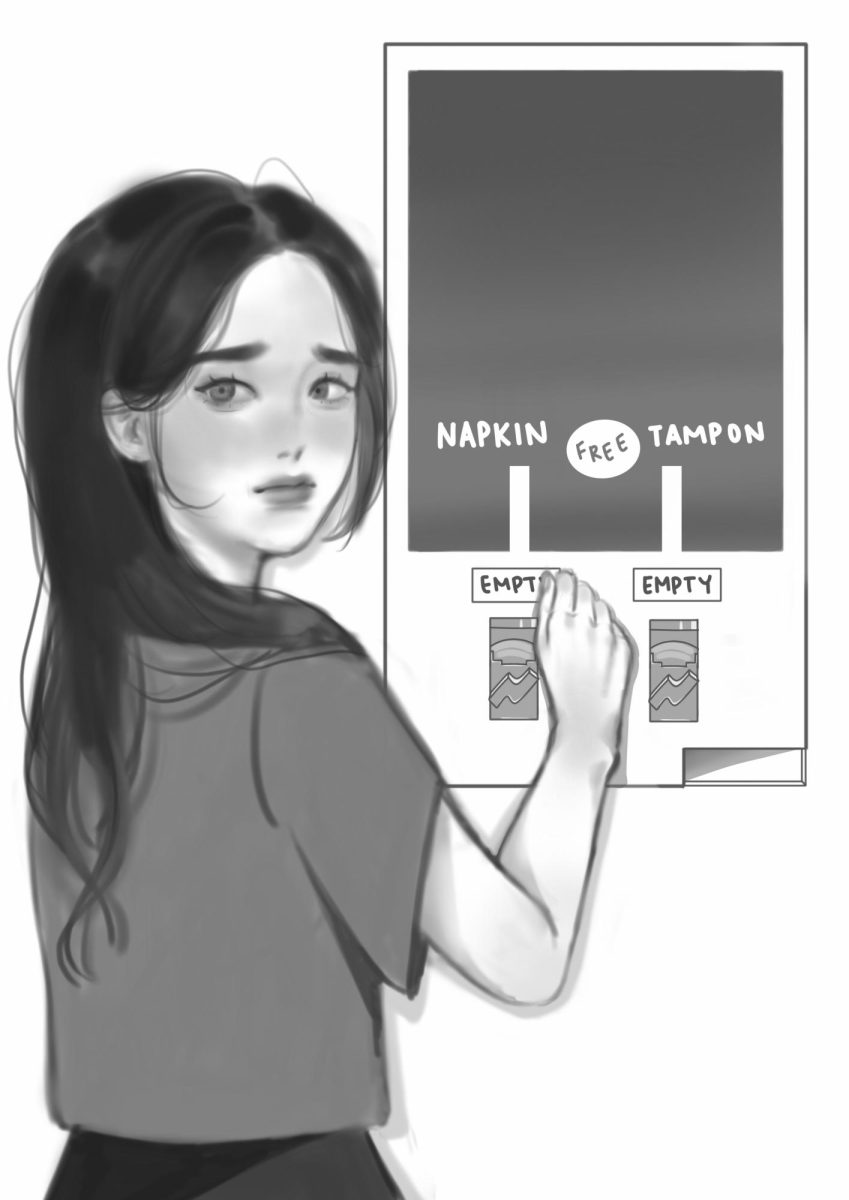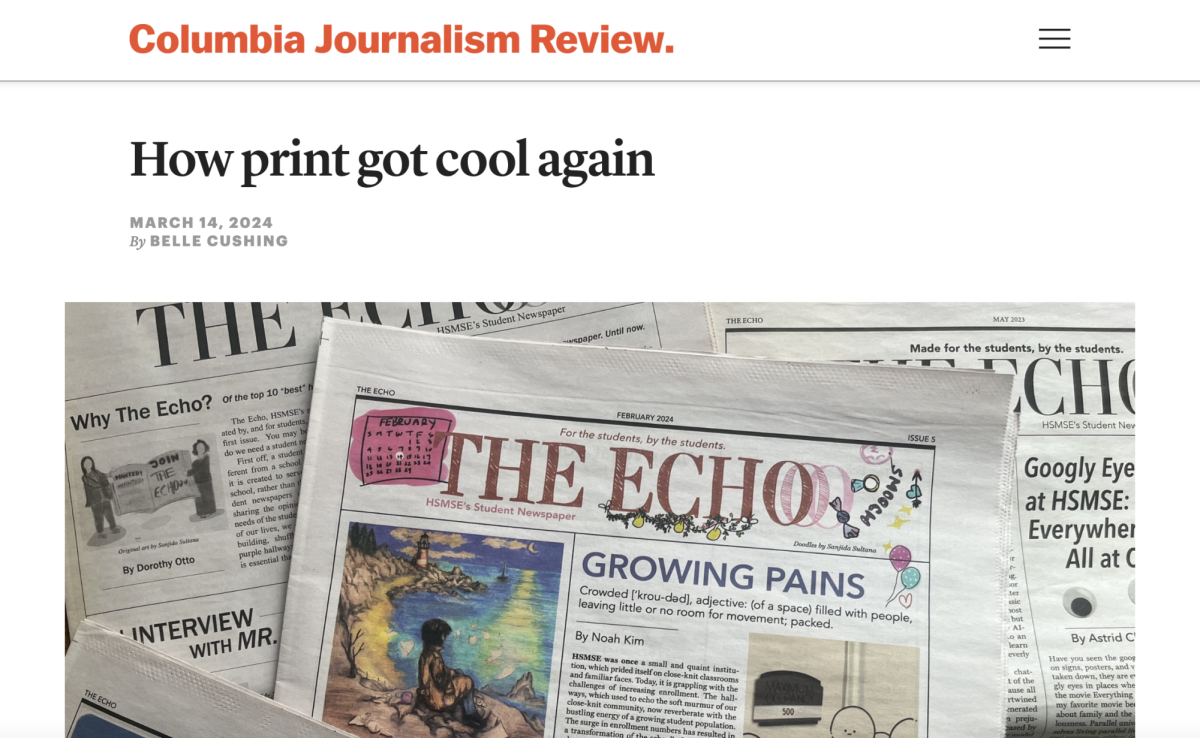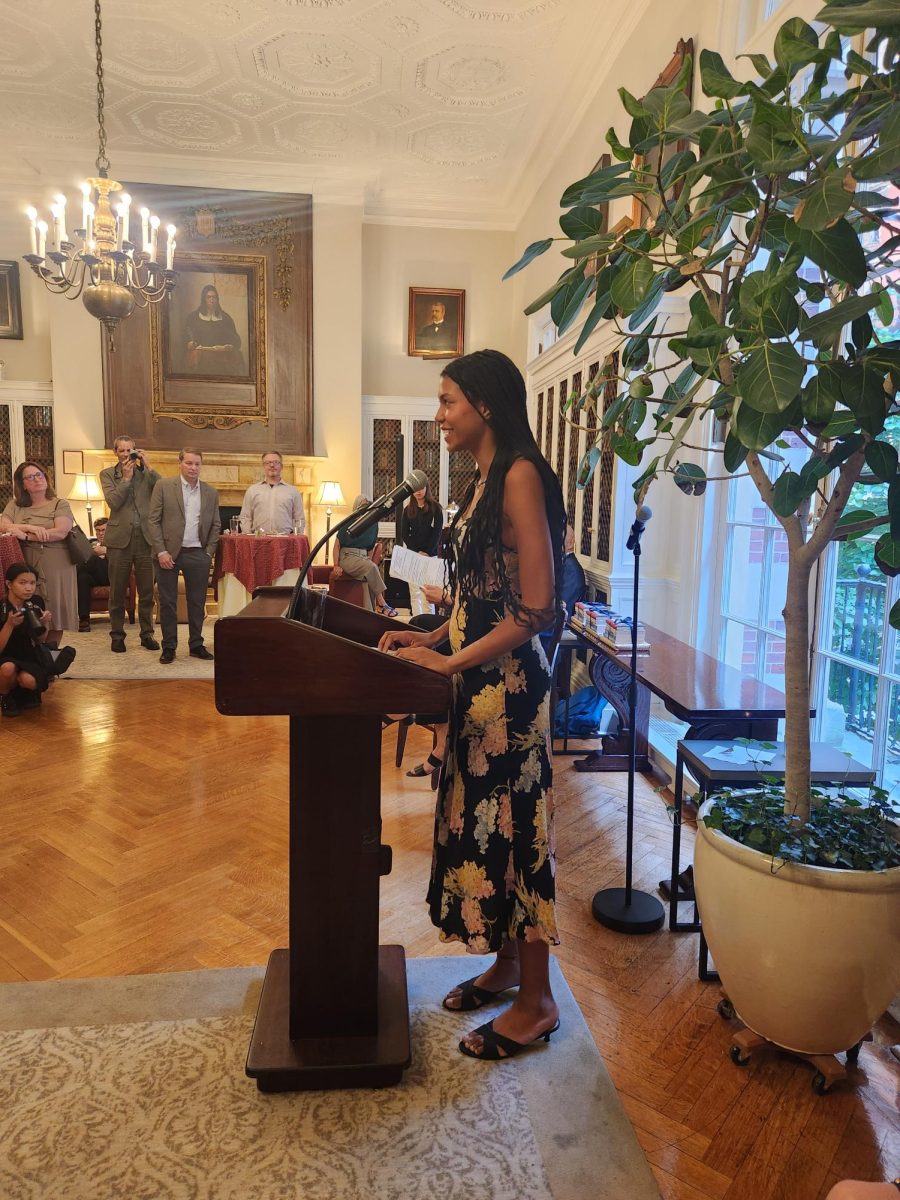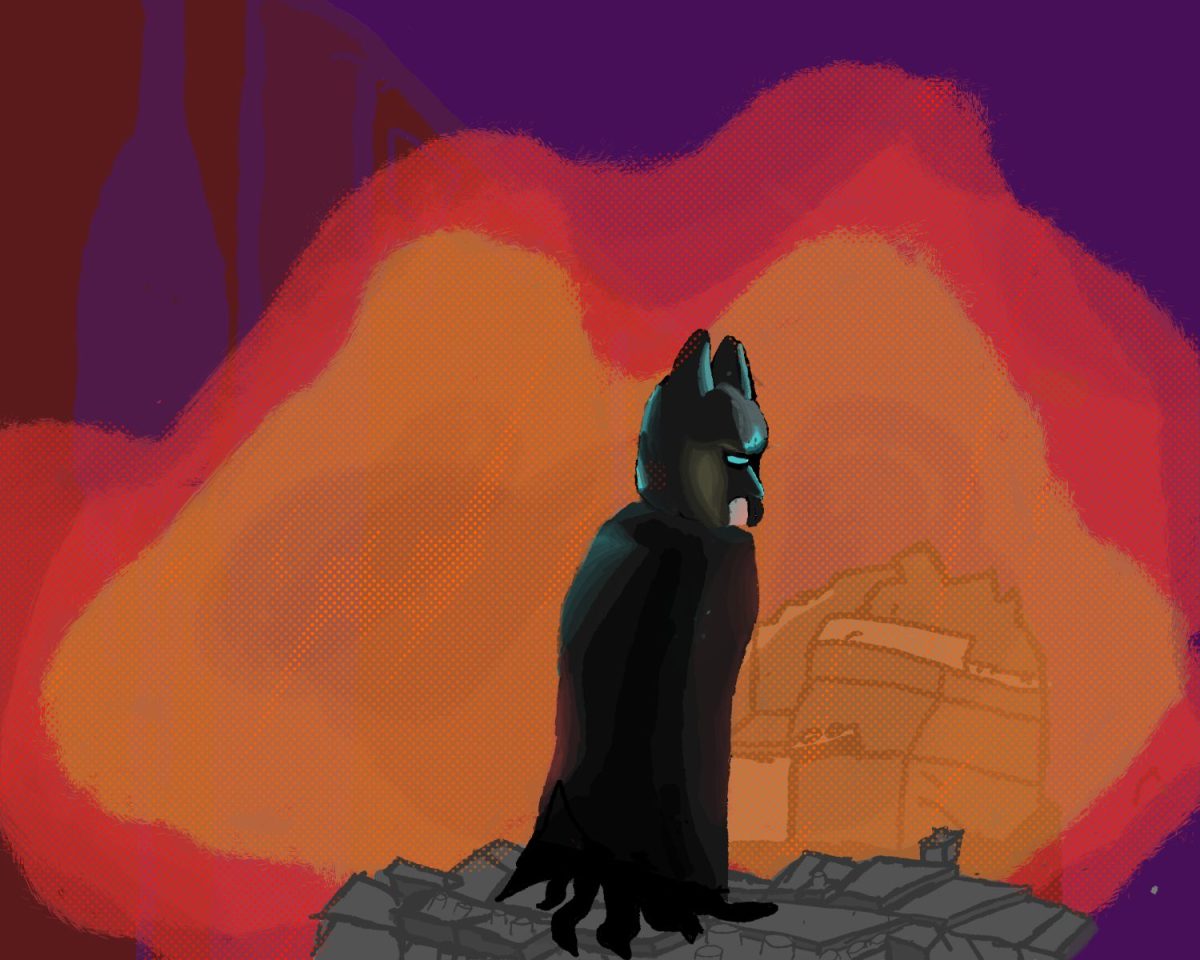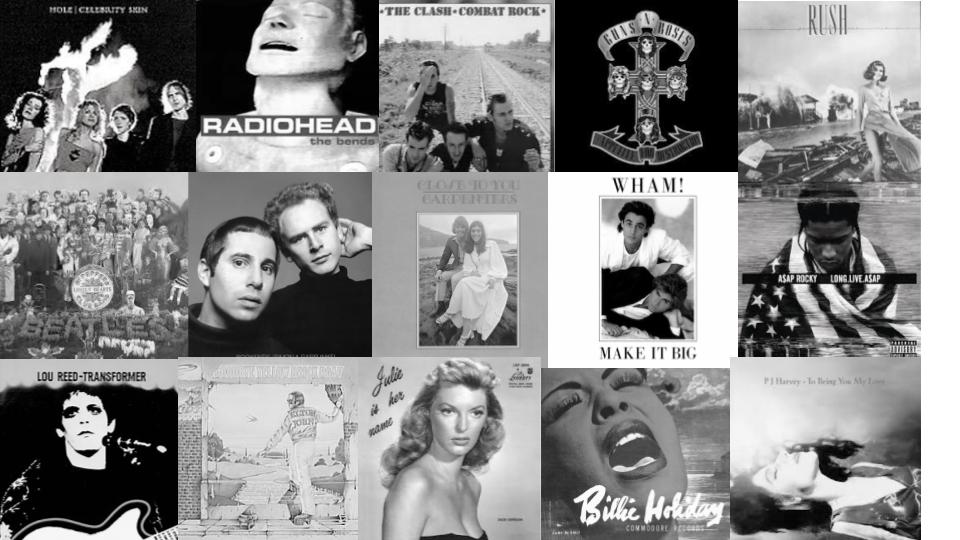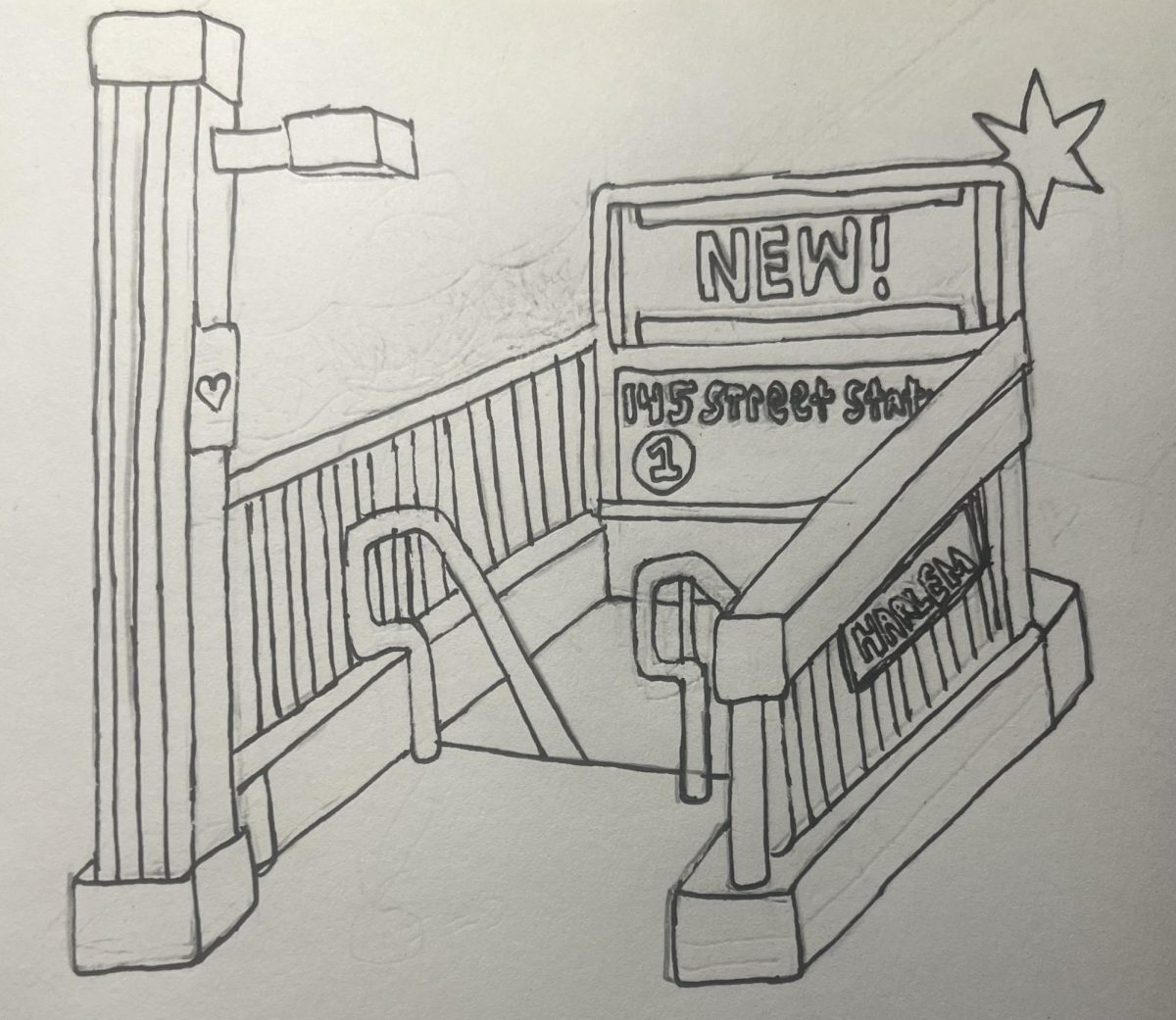In the late 1800s, New York City experienced high population growth due to immigration. This led to traffic on the streets, which was so severe that alternate travel modes were proposed. One example of this was the idea of elevated trains, which would run on viaducts over the street. The 9th Avenue Elevated opened on April 20th, 1871, and ran between South Ferry in Manhattan and Kingsbridge Road in the Bronx. This line was important not only because it was the first form of rapid transit in New York, but also because it helped spur the development of New York City. It provided cheap, fast, and reliable transportation, as it was not affected by traffic on the street.
The first subway line in Harlem, the Broadway Line (today’s 1 train), opened on October 27th, 1904. It was operated by a private company, the Interborough Rapid Transit Company (IRT), which was contracted by the city. Trains ran between City Hall and 145th Street, running on Broadway between 145th St and 42nd St, then along 42nd Street to Grand Central, and finally along the modern-day 4, 5, and 6 train line to City Hall. Express trains ran every two minutes, while local trains ran every minute. High train frequencies were an attempt to take the load off of elevated railroads and the streets. Soon, another branch of the express train opened, which began at 96th St and Broadway and branched off towards the west, running up to 145th St and Lenox Avenue. Local trains on the 145th St and Broadway branch were extended north by 1908. Traffic on the streets of New York made the city too congested, and the new subway helped Harlem grow and connected the area better to downtown.
The next line constructed to serve northern Harlem was the Independent Subway System’s (IND’s) 8th Avenue Line on September 10th, 1932. The IND was a city-owned company, which was formed to challenge the IRT and the Brooklyn Manhattan Transit company (BMT). It mainly aimed to replace the elevated lines and reduce overcrowding. The city wanted to challenge the private companies to gain more control over the lines, so they built alternatives. In Harlem, the 8th Avenue Line mostly ran along St. Nicholas Avenue. Express trains ran between 207th St and Chambers St, while local trains ran between 168th St and Chambers St. This line led to the demolition of the 9th Avenue Elevated in 1940, as the line was rendered obsolete.
Currently, there are only five subway lines that serve northern Harlem. However, there have been many proposals for possible new lines in Harlem. In 1939, the Morningside Line was proposed. The line would run along Central Park West, then along Morningside Avenue up to 145th St and Convent Avenue. It was proposed to help ease passenger traffic on the IND 8th Avenue Line, but was dropped after the line proved to be sufficient. A modern-day proposal is for the 2nd Avenue Subway, which would run along 125th St, with transfers to the 2 and 3 trains at Lenox Avenue, A, B, C, and D trains at St. Nicholas Avenue, and the 1 train at Broadway. This line will probably be constructed if funding is committed to the project.
Rail transit has been integral to the development of Harlem, and in general has helped people get to their jobs, higher education, and recreational activities. Harlem has always relied on the subway, since many people could not afford motor vehicles, and previous forms of transit such as the 9th Avenue Elevated were inadequate and overcrowded while the subway trains were longer, faster, and more frequent. The subway in Harlem will be a cornerstone of the community for many years to come.

